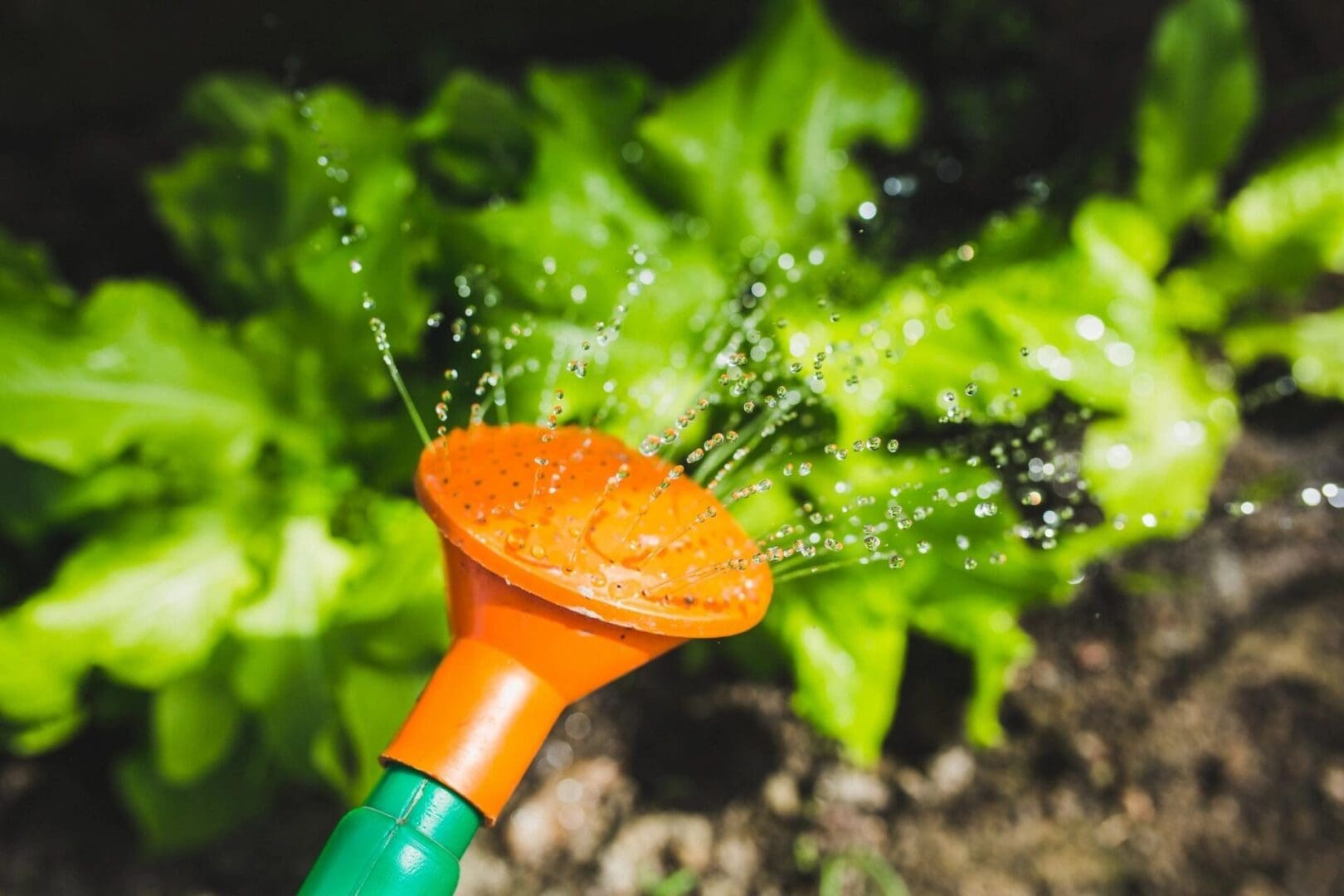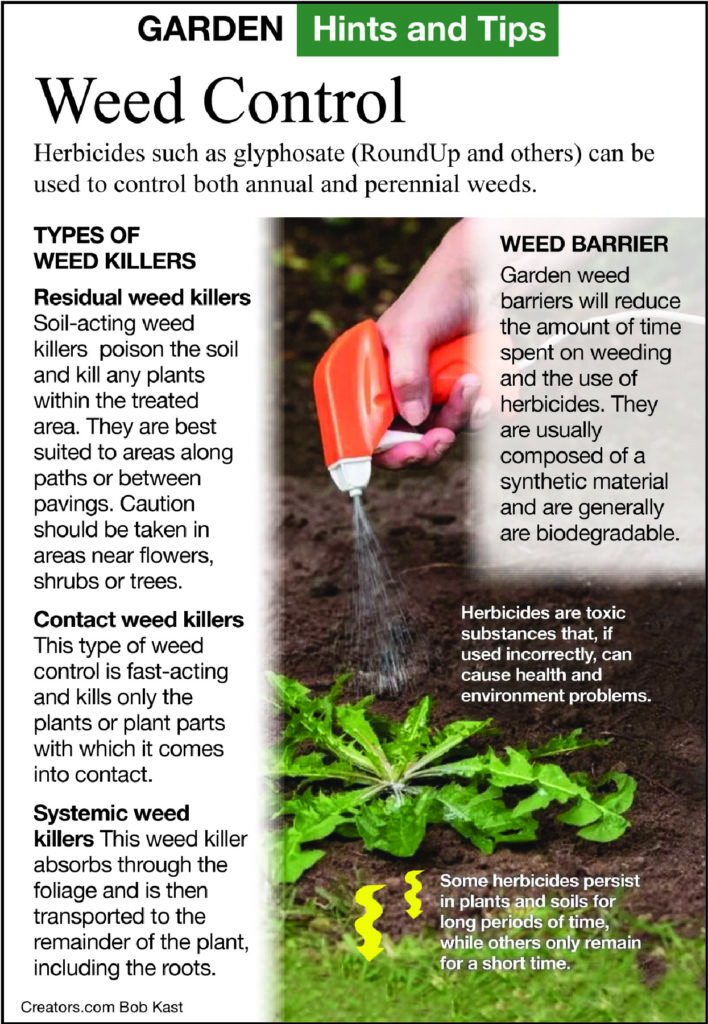Search Posts
Recent Posts
- Rhode Island Legislature Highlights Accomplishments for the 2025 Session June 25, 2025
- Sports in RI: Cody Tow, Volleyball Past, Present and Into His Future – John Cardullo June 25, 2025
- Need a Break? Time for Sour Grapes – Tim Jones June 25, 2025
- Rhode Island Weather Forecast for June 25, 2025 – Jack Donnelly June 25, 2025
- It is what it is: Commentary on 6.25.25 with Jen Brien June 25, 2025
Categories
Subscribe!
Thanks for subscribing! Please check your email for further instructions.

A Greener View: Herbicides – Jeff Rugg
By Jeff Rugg, contributing writer
Q: My neighbor and I share a fence line. Many weeds and small trees are growing between the two fences. My neighbor doesn’t like “chemicals” and wants to use a homemade concoction that to me is just a bunch of chemicals. I bought a weedkiller that says it works in 20 minutes and has soap as an active ingredient. It did kill some of the small plants and the leaves on the trees, but within a week the trees are sprouting out new growth all up and down the stem. It doesn’t seem to have worked very well, and I want to go back to using a regular herbicide. Do you have a suggestion for a chemical-free weedkiller?
A: Sure, use the most organic weedkiller out there. Use a carbon-based life form to pull the weeds. In other words, pull them yourself or at least cut them down so that you are just dealing with small sprouts and not whole trees.
There are dozens of recipes for weedkillers using soap, vinegar and who knows what else. The EPA regulates all pesticide chemicals used to kill things and has a separate list of active ingredients that are considered to be a minimum risk that are not regulated. Vinegar and soap are not on that list, so I will not be recommending that you use homemade chemical concoctions.
As for the product you used and the mixed results, there are several possibilities. Soap weedkillers remove the waxy coating on the leaves of plants so that the leaf can’t regulate water usage and the plant dries up and dies. For the weedkiller to work, the spray must cover the majority of a leaf and the majority of the leaves on the plant. The spray may dissipate before hitting small plants near the ground if you spray too high. Some plants have hairs on the leaves that causes the soap to not hit the leaf surface. Small trees will still have enough water in the trunk and roots to survive losing all the leaves and will sprout new branches at each node where there were leaves. A second round of spraying the new leaves will help kill the trees.

Herbicides work in different ways. Some interfere with how plants photosynthesize; some interfere with the creation of amino acids; and some cause plant cells to grow and multiply unsustainably.
Many people have heard of the brand name RoundUp. The active ingredient in RoundUp and more than 750 other herbicide products available in the United States is a chemical called glyphosate. Glyphosate-based herbicides all work by inhibiting an enzyme called EPSP synthase. Without that enzyme, most plants and many bacteria are unable to produce some amino acids that they need for making proteins essential for growth, so they turn yellow and die over several days or weeks. Almost all plants use this enzyme, so almost all plants die if treated with enough glyphosate. If the plant is in a dormant phase, due to cold, heat or drought, the chemical may not be absorbed or have much of an effect until the plant begins growing again.
Another group of common herbicides are the synthetic auxins. Auxins regulate plant growth. Because monocot grass plants and dicot broad-leafed plants transport chemicals differently and have different growing points, different herbicides can be created to kill one or the other of these plant types. In dicot plants, synthetic auxin herbicides cause unsustainable growth, so plant stems curl and there is excess leaf growth. Accelerated growth creates blockages that prevent the transfer of water and nutrients.
There are thousands of herbicide products with one or more of these synthetic auxin herbicide ingredients. Look for 2,4D, Dicamba, MCPA and MCPP, which also may be listed as Mecoprop. Some of these products can linger in the soil and cause damage later. The use of Dicamba is being restricted in some states due to damage to non-target plants.
Cutting or mowing down the weeds will reduce the area that needs to be treated and will cause the plants to start an active growth phase that will rapidly transfer the herbicides throughout the plant. In the future, you may want to consider a weed barrier cloth or some other barrier to plant growth so that you won’t have to spray anymore.
___
To read more columns on gardening by Jeff, go to: https://rinewstoday.com/?s=jeff+rugg

To find out more about Jeff Rugg and read features by other Creators Syndicate writers and cartoonists, visit the Creators Syndicate website at www.creators.com.
Email questions to Jeff Rugg at info@greenerview.com. To find out more about Jeff Rugg and read features by other Creators Syndicate writers and cartoonists, visit the Creators Syndicate website at www.creators.com. COPYRIGHT 2023 JEFF RUGG – DISTRIBUTED BY CREATORS
